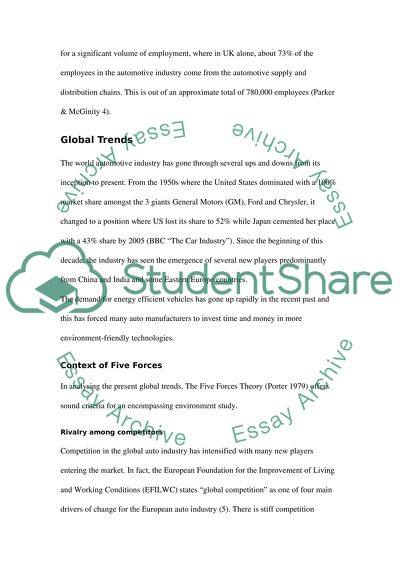Cite this document
(British Motor Industry and Government Strategy Essay, n.d.)
British Motor Industry and Government Strategy Essay. Retrieved from https://studentshare.org/marketing/1527900-british-motor-industry-and-government-strategy
British Motor Industry and Government Strategy Essay. Retrieved from https://studentshare.org/marketing/1527900-british-motor-industry-and-government-strategy
(British Motor Industry and Government Strategy Essay)
British Motor Industry and Government Strategy Essay. https://studentshare.org/marketing/1527900-british-motor-industry-and-government-strategy.
British Motor Industry and Government Strategy Essay. https://studentshare.org/marketing/1527900-british-motor-industry-and-government-strategy.
“British Motor Industry and Government Strategy Essay”, n.d. https://studentshare.org/marketing/1527900-british-motor-industry-and-government-strategy.


